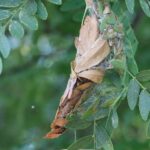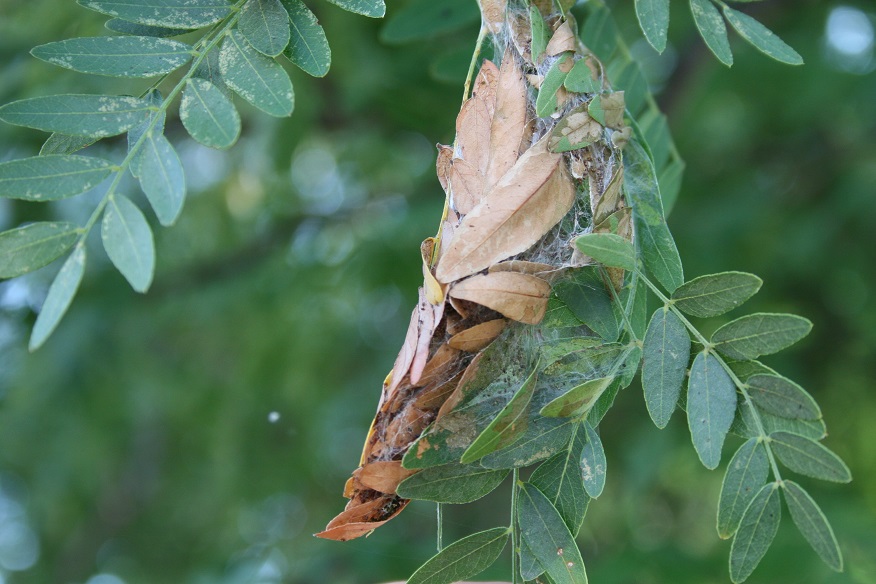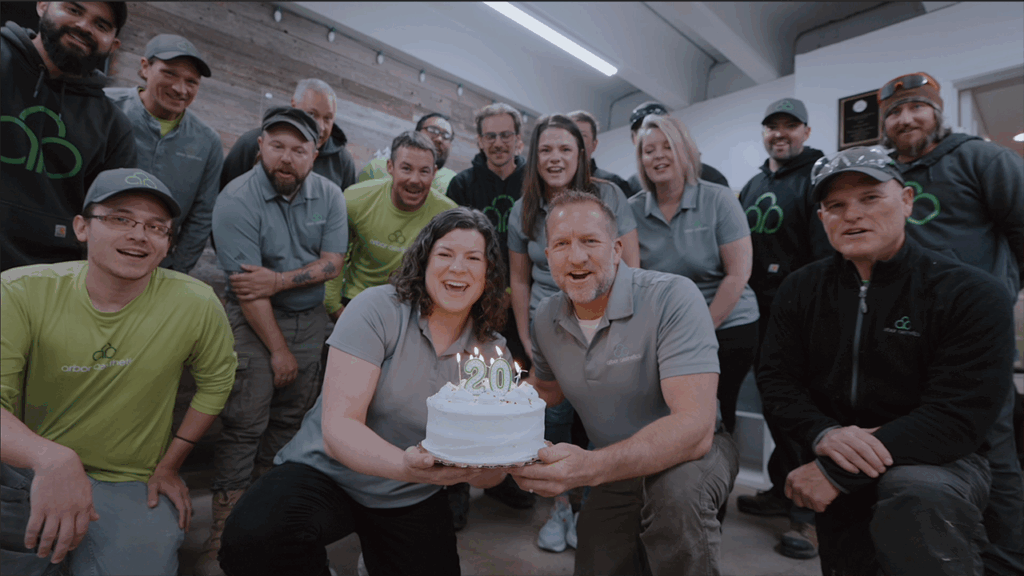This is part three of our tree planting blog series. If you’ve been following along, you’ve learned how to select a location and a suitable species for your yard (Part 1), and how to purchase a quality tree from a nursery (Part 2). Now let us help you learn how to plant your tree correctly so that it grows into a strong, healthy, long-living tree!
We thought about writing our own original content for this part of the series, but why reinvent the wheel? The US Forest Service has a great 12-step guide to installing your new tree (with lots of pictures!) Click below to get started!
Also, scroll down for some “gory” photos of poorly planted trees. OUCH!
We thought about writing our own original content for this part of the series, but why reinvent the wheel? The US Forest Service has a great 12-step guide to installing your new tree (with lots of pictures!) Click below to get started!
Also, scroll down for some “gory” photos of poorly planted trees. OUCH!

Important Items to Note:
- Avoid trunk damage. When moving your tree, do not damage the trunk. Even small wounds can lead to permanent damage!
- Mulch conservatively. Never mulch deeper than 2-3″ so that oxygen can still be delivered to the root system. The guide says 4″, but we believe less is more.
- Prune minimally. Don’t prune branches unless they are broken or dead. You can also remove a competing leader, but avoid pruning for aesthetics until the second or third year to prevent shock.
- Identify girdling roots and other root issues. Girdling roots should be addressed and severed before planting. If you are unsatisfied with the root structure and feel you have purchased a poor quality tree, take it back! You deserve better!
- The hole is everything! “Don’t put a $100 tree in a $10 hole.” The importance of the dimensions of the hole shouldn’t be taken lightly. Find the root flare and be careful NOT to bury it. Your tree should not look like a light pole sticking out of the ground. Planting a tree too deeply may seem like a good idea and that you’re giving it added support, but it is extremely harmful to the tree.
- Stake only when necessary. Staking is now a fairly controversial practice. If your tree is very large and top heavy, causing it to be unstable, staking may be necessary. But if you’re planting a smaller tree (which you are, RIGHT?!) you probably don’t need to stake. Remember that a tree that is given the freedom to move slightly in the wind will develop a stronger structure in the long run. If you must stake, do it properly, and remember to remove it after 1-2 years.
Gallery of Poorly Planted Trees













